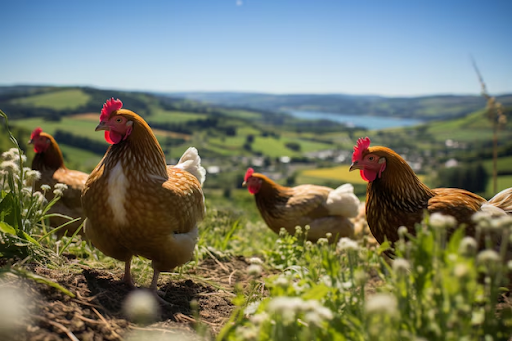Anthuriums are stunning tropical plants known for their vibrant, heart-shaped flowers and glossy, leathery leaves. These easy-to-care-for houseplants are a popular choice among plant enthusiasts due to their long-lasting blooms and air-purifying properties. However, to ensure your Anthuriums thrive, it’s essential to provide them with the right growing conditions and care. In this article, we’ll share essential tips for growing healthy Anthuriums, including the benefits of using poultry grit and the unique characteristics of Anthurium carlablackiae.
Lighting Requirements
Anthuriums prefer bright, indirect light. Place your plant near a window that receives plenty of natural light, but avoid direct sunlight, as it can scorch the leaves. If your home doesn’t have enough natural light, consider using a grow light to supplement the plant’s lighting needs.
Poultry Grit
Poultry grit is a coarse, insoluble material that birds consume to aid in their digestion. While not typically used for Anthuriums, poultry grit can be beneficial for certain plants that require excellent drainage, such as cacti and succulents. When mixed into the soil, poultry grit can improve aeration and prevent soil compaction, which is crucial for healthy root growth.
Watering and Humidity
Anthuriums prefer consistently moist but not soggy soil. Water your plant when the top inch of soil feels dry to the touch. Avoid letting the soil dry out completely, as this can cause the leaves to wilt and the flowers to fade prematurely. Anthuriums also thrive in high humidity environments, so consider using a pebble tray or a humidifier to increase the moisture in the air around your plant.
Anthurium carlablackiae
Anthurium carlablackiae is a unique species of Anthurium native to Colombia. This epiphytic plant grows on the trunks and branches of trees in its natural habitat. Anthurium carlablackiae is known for its small, heart-shaped leaves and clusters of tiny, white flowers. Unlike many other Anthuriums, this species prefers cooler temperatures and lower light levels, making it an excellent choice for shady areas of the home or office.
Fertilizing
Anthuriums are light feeders and benefit from regular fertilization during the growing season. Use a balanced, water-soluble fertilizer diluted to half-strength and apply it every two weeks. Avoid over-fertilizing, as this can lead to excessive leaf growth and reduced flowering.
Potting and Repotting
Anthuriums prefer well-draining potting mix specifically formulated for orchids or bromeliads. You can also create your own mix by combining equal parts peat moss, perlite, and bark chips. When repotting, choose a pot that is only slightly larger than the current one and avoid disturbing the roots too much.
Pruning and Grooming
Regular pruning and grooming can help keep your Anthurium looking its best. Remove any dead or damaged leaves and flowers using clean, sharp scissors. Prune off any spent flower stalks at the base of the plant to encourage new growth. Regularly wipe down the leaves with a damp cloth to remove dust and prevent the buildup of pests and diseases.
Conclusion
Growing healthy Anthuriums is a rewarding experience for plant enthusiasts of all levels. By providing your plants with the right lighting, watering, humidity, and fertilizing regimen, you can enjoy their stunning blooms and air-purifying benefits for years to come. Remember to use well-draining potting mix and consider the unique needs of specific Anthurium species, such as Anthurium carlablackiae.
